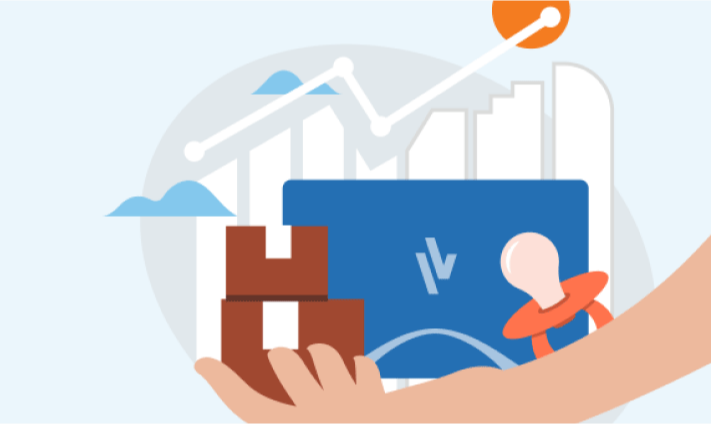Saving money can seem like a daunting task. With so much to save for, where do you start? Should you focus on practical things, like an emergency fund, a down payment on a home or your retirement account? Can you grow your savings for indulgences now, like a tropical vacation or a new phone? And what about that diamond-encrusted cat collar you saw online? Whiskers would look stunning!
To get there, you need a plan. Here’s a five-step approach to reach your savings goals – cat collar and all.
Step 1: Define and prioritize your goals
First, the fun part. Think of everything you want to save for that isn’t part of your daily living expenses. Consider both short-term wishes and longer-term necessities. Write them down and rank them in order of importance. Now you have a list of savings goals to work toward.
Step 2: Determine how much you need to save
Next, the math part. Write down a dollar figure for each item on your list. Take your time to figure out costs, so your estimates are as accurate as possible*; then assign a due date for each.
To get a rough idea of how much you’ll need to save per month, divide the total cost of each item by the number of months left before the due date. For a more accurate projection that includes the potential growth of your investment, use our savings goal calculator.**
Step 3: Decide how much you can spend
Next, the bills part. Before you can allocate funds toward your savings goals, you need to set aside enough to cover your daily expenses. Make a budget by subtracting the cost of your monthly expenses from your after-tax income. This gives you a balance to put toward your savings goals each month. There are plenty of online tools to help, like the Budget Planner from the Financial Consumer Agency of Canada.***
You can also follow the 50/20/30 rule. Here’s how it works:
- Use 50% of your income for essential living expenses, like food, rent, transportation and utilities.
- Use 20% of your income for long-term savings goals, like retirement and debt reduction.
- Use 30% of your income for non-essentials, like travel, entertainment and other indulgences.
Step 4: Debug your list
Now, the rational part. Chances are you may not have a balance that allows you to achieve every goal right away. That’s okay. Take a second look at your goals list and make some adjustments. You can reprioritize, extend due dates or cut some things that are lower priority.
Let’s say that setting aside three months salary in an emergency fund is your top priority. To meet that goal in time, maybe Whiskers has to wait an extra year before he’s the best dressed cat on the block.
Step 5: Deposit your savings automatically
Finally, the saving part. Once you know which goals to focus on and how much you can put toward them, set up an investment separate from your chequing account. This helps you stay organized, so you can see exactly how much you’ve saved toward your goals. It also makes you less likely to pilfer your savings to pay for something else, which is easy to do if you lump all your savings together in your regular chequing account.
When your investment is activated, start automatic deposits to it from your chequing account. This “pay yourself first” mentality means you won’t forget to contribute regularly, and that will keep your savings growing as planned.
What type of savings accounts should you use?
Short-term savings: Keep these savings in liquid investments within a TFSA that you can access whenever you need, without early-withdrawal penalties. You’ll want to play it safe with low-risk investments because you won’t have time to wait for market corrections if there’s a downturn when your funds are invested.
Long-term savings: A registered savings plan is a better bet for goals you reach over a longer period, like your children’s education (Registered Education Savings Plan) or your retirement (Registered Retirement Savings Plan). You’ll have access to a wider variety of investments depending on your tolerance for risk, since you have longer to ride out market ups and downs.
This infosheet can help you decide between an RRSP and a TFSA. It also shows you the contribution limits for each type of account. Contact a Financial Advisor to set up an account or to learn more.
*While it’s relatively easy to determine the price for short-term goals, it’s more difficult to pinpoint costs for longer-term goals, like your retirement income. Use our Retirement Savings and Planning Calculator** to get a better understanding of how much you need to save to live comfortably in the future.
**Information and interactive calculators are made available to you as self-help tools for your independent use and are not intended to provide investment advice. Before making investment decisions, you are advised to speak with your Financial Advisor and/or Tax Advisor.
***By using the Budget Planner tool form the Financial Consumer Agency of Canada you are agreeing to its terms of use, found on the webpage.





 Home
Home
 Auto
Auto
 Life
Life
 Recreation
Recreation

